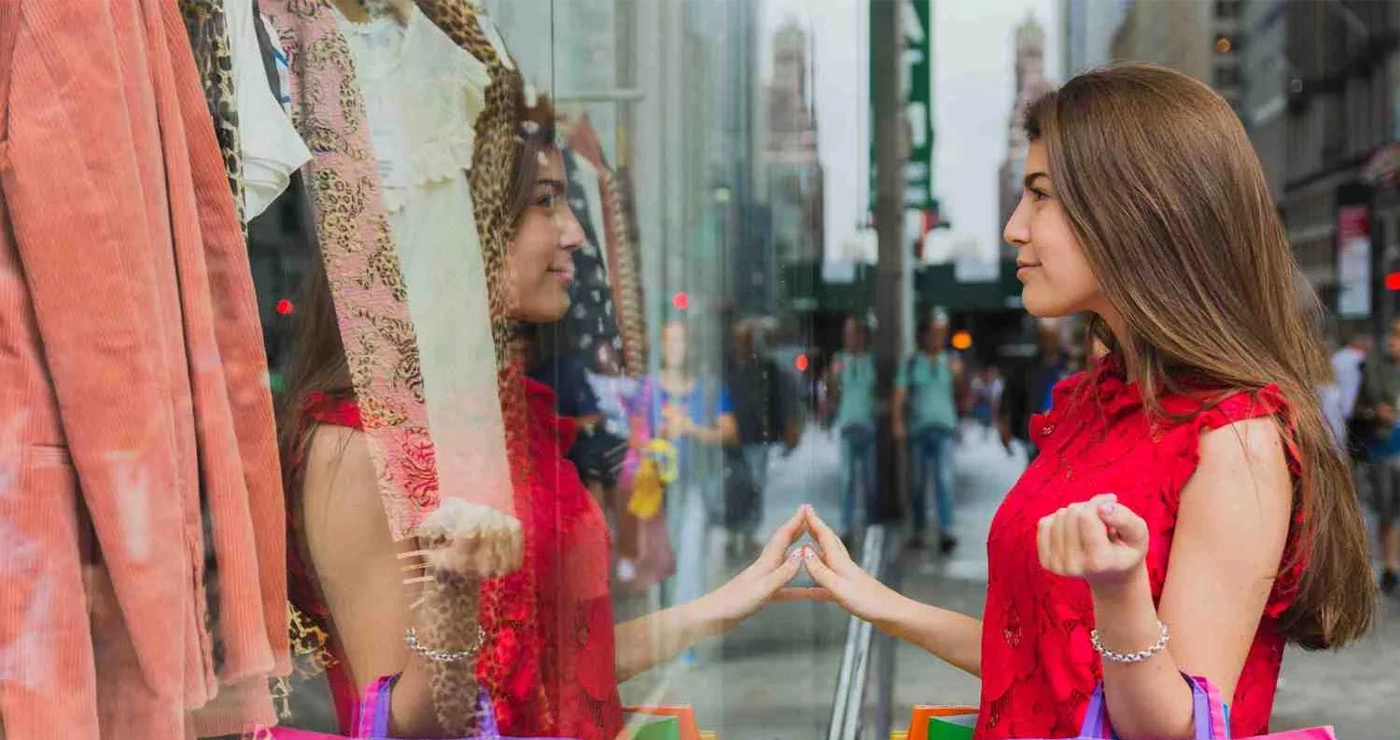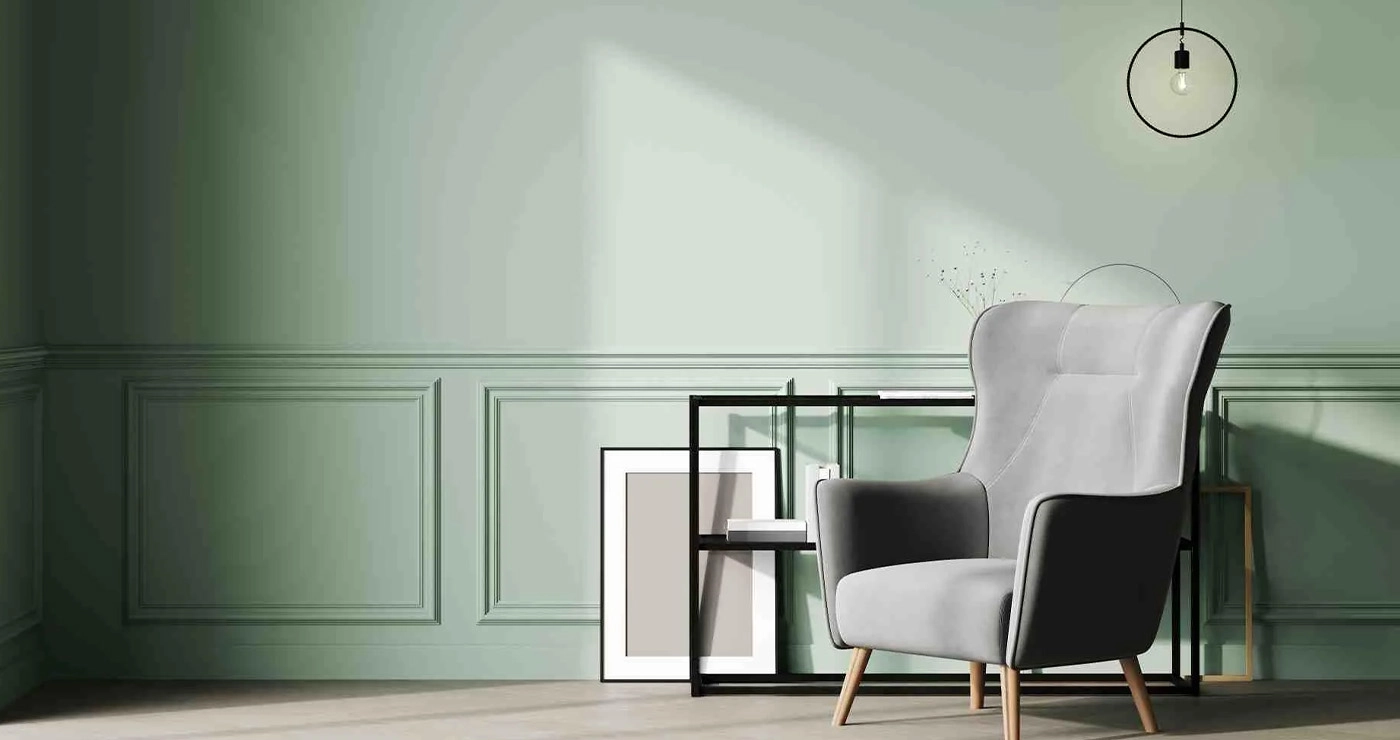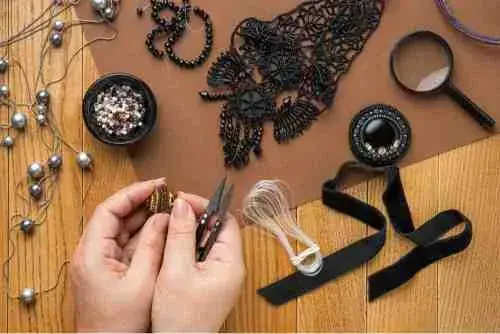
1. Precious Metals: The Backbone of Jewellery Design
Precious metals like gold, silver, and platinum have been staples among the different jewellery making materials for centuries. They’re loved for their beauty, versatility, and durability.
- Gold: Known for its timeless appeal, gold comes in various purities (24K being the purest) and colors, including yellow, white, and rose gold. Gold is often alloyed with other metals to enhance strength, making it ideal for rings, necklaces, and bracelets.
- Silver: A more affordable option, sterling silver (92.5% silver) is widely used in modern jewellery. It’s perfect for creating elegant yet cost-effective designs.
- Platinum: The most durable and luxurious of precious metals, platinum is hypoallergenic and resistant to tarnish, making it a favorite for engagement rings and high-end pieces.
Interesting Fact: Gold is so malleable that a single gram can be stretched into a thread over two kilometers long!
2. Gemstones: Adding Color and Sparkle
Gemstones bring life and vibrancy to jewellery. From precious gems like diamonds, rubies, and emeralds to semi-precious stones like amethyst and turquoise, the options for jewellery making materials are endless.
- Diamonds: Known as a “girl’s best friend,” diamonds are the hardest natural material on Earth, symbolizing strength and eternity.
- Colored Gems: Rubies, sapphires, and emeralds are valued for their rarity and rich hues.
- Synthetic Gemstones: Affordable and ethical, lab-grown gems like moissanite and
cubic zirconia mimic the brilliance of natural stones.
Pro Tip for Students: Learn to identify and grade gemstones. Knowledge of the “4 Cs” (Cut, Clarity, Color, Carat) is essential for creating and selling gemstone jewellery.
3. Beads: Versatile and Creative
Beads are a jewelry designer’s playground, offering endless possibilities for customization.
- Glass Beads: Available in a myriad of colors and shapes, they’re perfect for creating vibrant, bohemian pieces.
- Wooden Beads: Lightweight and eco-friendly, wooden beads are ideal for earthy, rustic designs.
- Crystal Beads: Swarovski crystals and other premium brands elevate your designs with a luxurious sparkle.
Fun Fact: The art of bead-making dates back to 3,000 BCE in Mesopotamia, where artisans crafted beads from clay and precious stones.
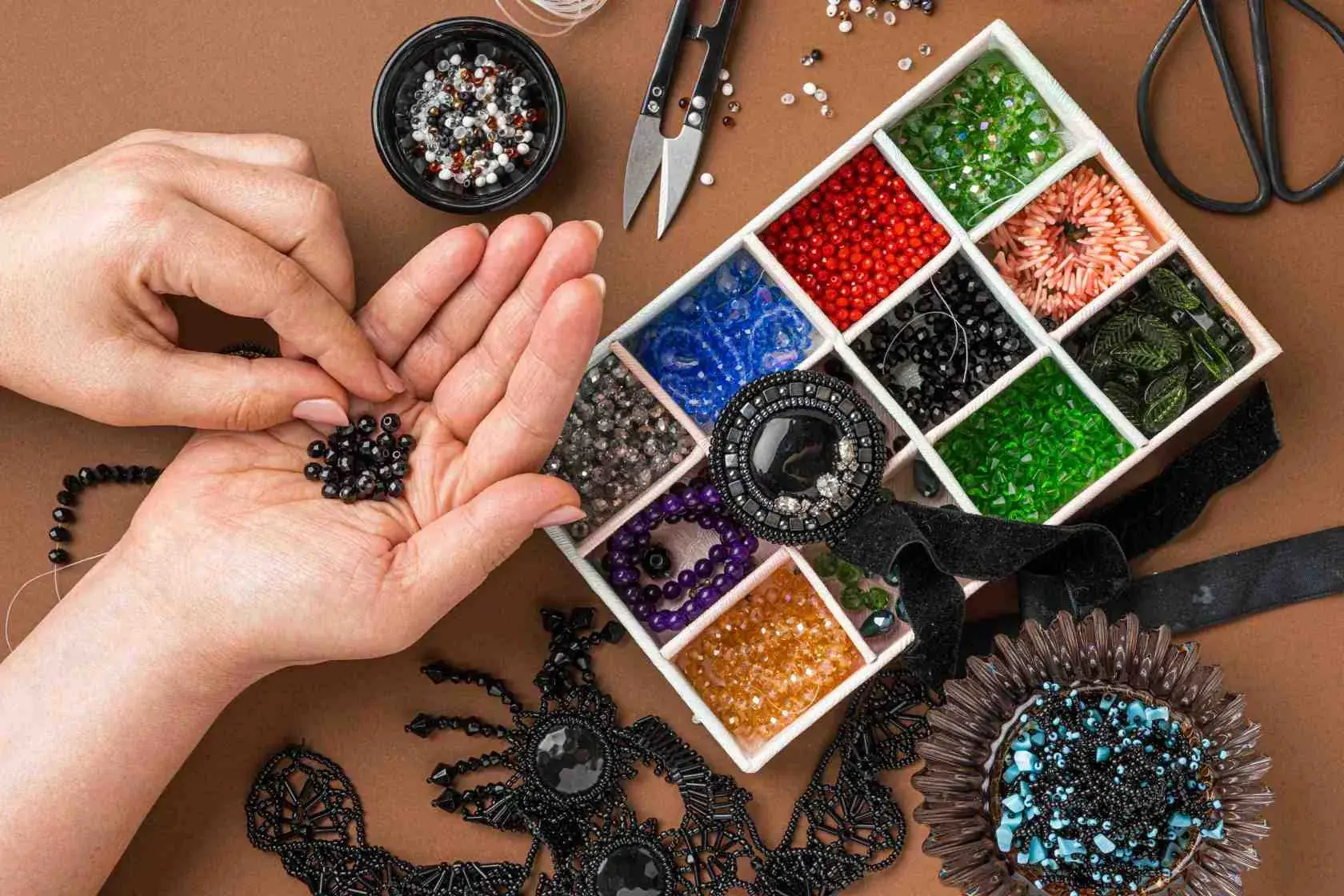
4. Wires: The Invisible Hero
Wires are essential for structural support and shaping designs. They come in various gauges, materials, and finishes.
- Metal Wires: Sterling silver, gold-filled, or copper wires are popular choices for intricate designs like wire-wrapping and hoop earrings.
- Memory Wire: A flexible, coiled wire ideal for creating bangles and bracelets.
- Artistic Wire: Available in colorful, non-tarnish coatings, perfect for playful, modern jewellery.
Student Tip: Master wire gauges! Thicker wires (lower gauge numbers) are great for structure, while thinner wires (higher gauge numbers) work best for delicate details.
5. Resins: The Modern Trendsetter
Resins have revolutionized jewellery-making with their versatility and creative potential. From embedding flowers to creating abstract patterns, resin opens up a world of possibilities.
- Epoxy Resin: The most popular choice for jewellery, it hardens into a glass-like finish.
- UV Resin: Cures quickly under UV light, perfect for small, intricate designs.
- Eco-Resin: A sustainable alternative for eco-conscious designers.
Fun Fact: Resin jewellery gained popularity in the 1960s and is making a big comeback in today’s fashion world!
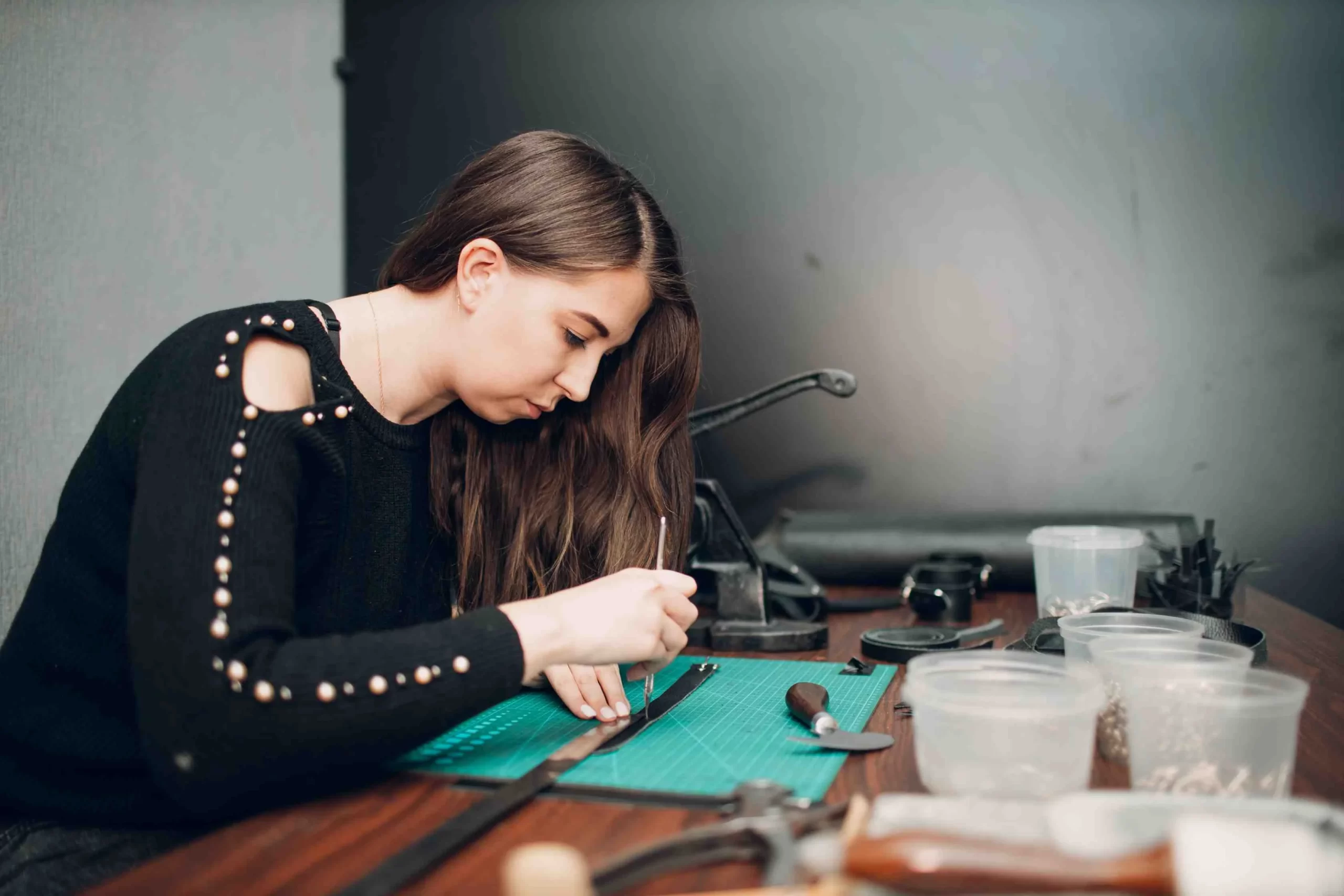
6. Leather and Textiles: For a Rustic or Bohemian Touch
Leather and textiles add texture and character to jewellery, ideal for casual and unisex designs.
- Leather Strips and Cords: Perfect for bracelets and necklaces, leather provides a rugged, durable look.
- Macramé Threads: Used for creating intricate knots in boho-inspired jewellery.
- Silk Ribbons: A luxurious addition to pendants and charms.
Student Insight: Experiment with combining leather or textiles with metal for a modern, mixed-material aesthetic.
7. Clays: Sculpt Your Imagination
Jewellery clays allow for unlimited creativity, letting you sculpt, shape, and bake your designs.
- Polymer Clay: A versatile material that hardens in a standard oven, perfect for creating colorful beads and charms.
- Metal Clay: Composed of metal particles, it can be shaped and fired to create pure metal jewellery.
- Air-Dry Clay: Ideal for students working on quick prototypes or lightweight designs.
Did You Know? Metal clay can transform into fine silver or gold after firing in a kiln!
8. Chains and Findings: The Finishing Touch
Chains and findings are the unsung heroes that hold your designs together and give them a polished look.
- Chains: From delicate link chains to bold curb styles, chains add movement and versatility to your designs.
- Findings: Clasps, jump rings, ear wires, and bails are essential components for completing jewellery pieces.
- Settings: Bezels and prongs securely hold gemstones in place.
Pro Tip: Always invest in high-quality findings to ensure the durability and professional finish of your jewellery.
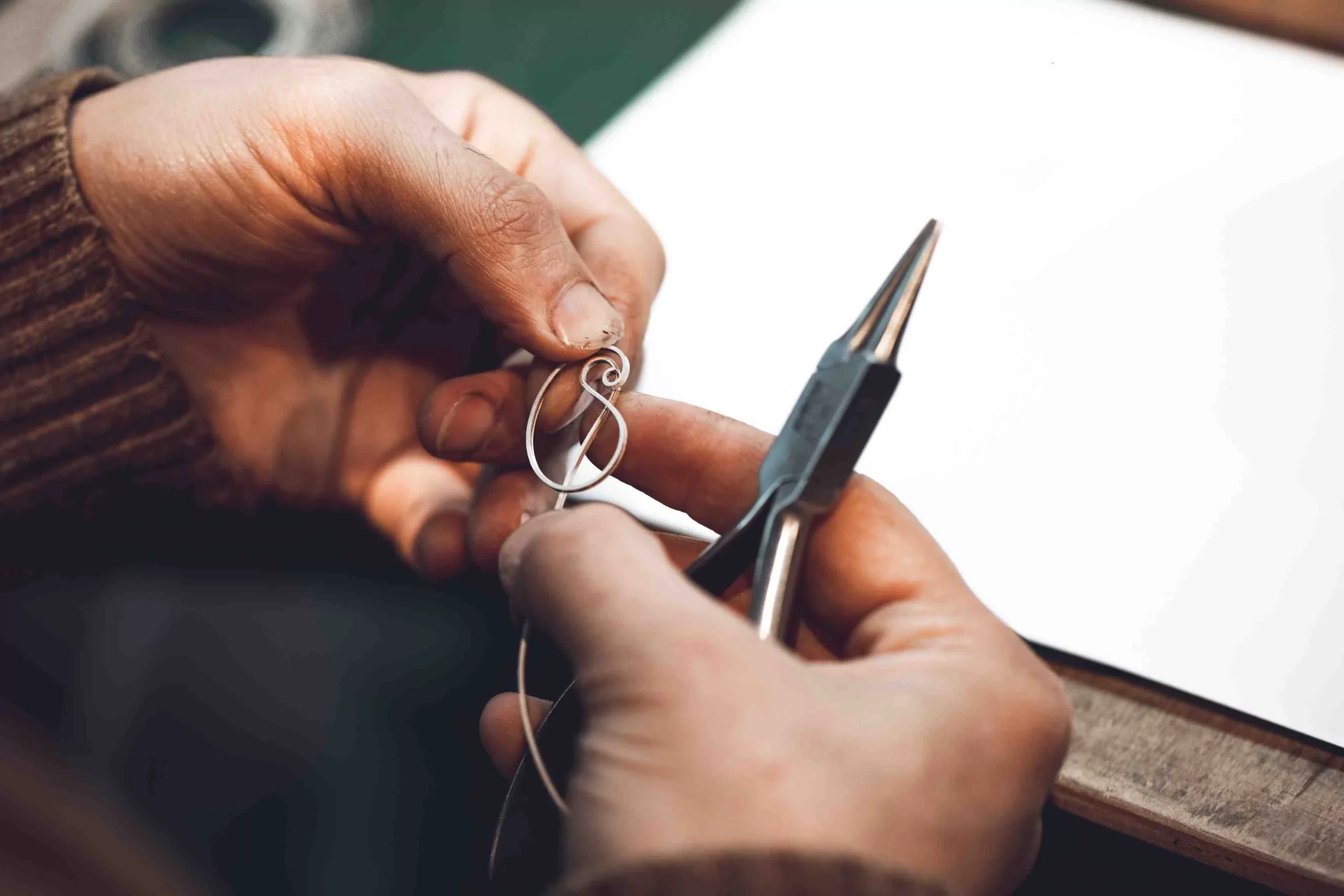
How to Choose the Right Jewellery Making Materials
Choosing the right jewellery making materials isn’t just about aesthetics; it’s about knowing how they work, what they symbolize, and how they enhance your designs. The materials you use can influence not only the look and feel of your jewellery but also its durability, functionality, and market appeal. Whether you’re designing a dainty necklace, bold statement earrings, or a timeless engagement ring, the right materials are key to achieving your vision.
1. Understand Your Design Goals
Think about the style of jewellery you want to create. Are you aiming for bold, statement pieces or delicate, minimalist designs? Your choice of jewellery making materials—beads, metals, or resin—should align with the overall look you’re trying to achieve.
2. Match Materials to Skill Level
As a beginner, start with easy-to-use materials like polymer clay, basic beads, or memory wire. Once you’re confident in your skills, you can move on to more complex materials like gemstones, metal clay, or high-grade metals.
3. Consider Your Budget
Precious metals and natural gemstones can be expensive jewellery making materials, so plan your budget wisely. Use affordable alternatives like gold-plated metal or synthetic gemstones to create beautiful designs without overspending.
4. Think About Durability
If your jewellery is meant for daily wear, prioritize durable materials like sterling silver or leather cords. For experimental or artistic pieces, you can explore more fragile or decorative options.
5. Experiment and Innovate
Don’t be afraid to mix the jewellery making materials! Combining unexpected elements like resin and wood or leather and metal can lead to unique and eye-catching designs. Experimenting helps you discover your signature style.
6. Research and Source Ethically
As a student, learning to source jewellery making materials responsibly is important. Look for suppliers that offer eco-friendly options or lab-grown gemstones to reduce your environmental impact.

Crafting Your Jewellery Designing Journey
Jewellery design is as much about the materials as it is about the artist behind them. From ancient civilizations adorning themselves with handcrafted trinkets to the high-tech studios of today, the art of jewellery-making has always been a blend of innovation, culture, and personal expression. It’s a craft that tells stories, carries traditions, and, most importantly, allows the creator to leave their mark on the world.
As a student, looking to thrive in a jewellery design institute Bangalore, materials are like unlocking a treasure chest of possibilities. Each material—whether it’s a shimmering gemstone, a delicate wire, or a bold piece of resin—carries its own unique potential. By experimenting with these materials, you not only sharpen your technical skills but also discover your artistic identity. The process of trial and error, learning what works and what doesn’t, is what turns a student into a skilled designer.
Jewellery-making is a journey of transformation—turning raw materials into wearable art, and in the process, transforming yourself into a creator. So, grab your tools, sketch your ideas, and let your imagination run wild. Whether you’re stringing beads for the first time or sculpting a complex metal design, every piece you create adds to your story as a designer. Remember, even the most renowned jewellers started small, with curiosity as their guide.


